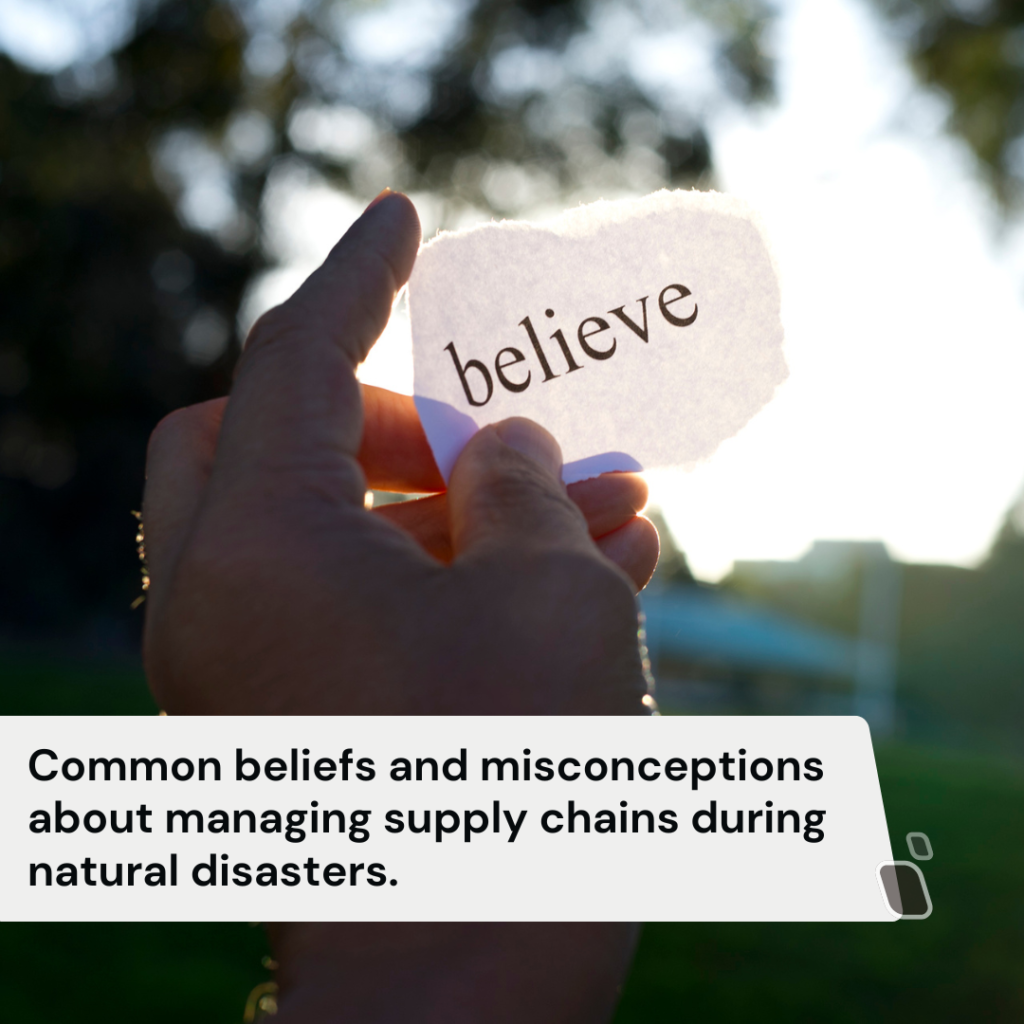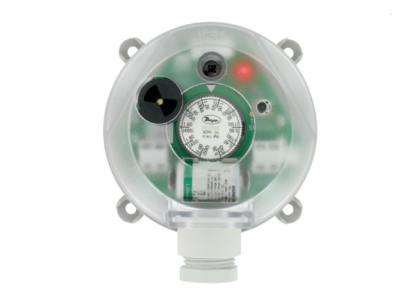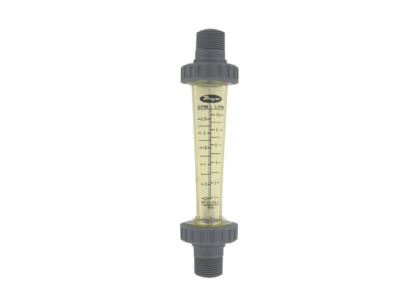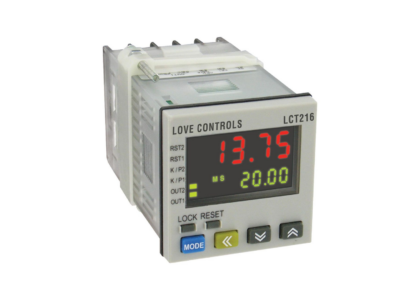Natural disasters can strike at any moment, leaving businesses scrambling to respond. Whether it’s a hurricane, earthquake, or flood, the impact on supply chains can be devastating. However, many misconceptions exist about how to manage supply chains during these crises. This blog will explore common beliefs and misconceptions about managing supply chains during natural disasters, using fear as a lens to understand the disruption caused by these events.
Understanding the Fear of Disruption
The fear of disruption due to natural disasters is not unfounded. In 2020 alone, the United States experienced 22 separate billion-dollar weather and climate disasters, highlighting the vulnerability of supply chains to such events. When businesses are unprepared, the consequences can be severe, leading to production halts, delayed deliveries, and increased costs. This fear often leads to misconceptions about how to effectively manage supply chains during disasters.

Common Beliefs and Misconceptions
1. Belief: Natural Disasters Are Rare and Unpredictable
One of the most common misconceptions is that natural disasters are rare and cannot be predicted. While it is true that the exact timing and location of disasters are unpredictable, the frequency and types of disasters can often be anticipated based on historical data. For example, regions prone to hurricanes or earthquakes have a higher likelihood of experiencing such events. Businesses should analyze historical patterns and prepare accordingly rather than dismissing the potential for disruption as unlikely.
2. Misconception: Supply Chains Can’t Be Prepared for Disasters
Another prevalent belief is that supply chains are inherently unprepared for disasters. This misconception stems from a lack of understanding of the strategies that can be employed to build resilience. Companies can create contingency plans that include backup suppliers, alternative transportation routes, and emergency stockpiles of essential materials. For instance, after Hurricane Katrina, many businesses recognized the importance of having a diversified supplier base to avoid complete shutdowns when one supplier is affected.
3. Belief: Increased Costs Are Inevitable
Many believe that any disruption caused by a natural disaster will automatically lead to increased costs. While it’s true that disasters can lead to higher expenses—such as emergency repairs or expedited shipping—effective supply chain management can mitigate these costs. For example, companies that invest in risk management and contingency planning often find that their overall costs are lower in the long run. By being proactive, businesses can avoid the panic buying and inflated prices that often occur after a disaster strikes.
4. Misconception: Communication Doesn’t Matter During a Crisis
During a disaster, communication is often overlooked, yet it is crucial for effective supply chain management. Many businesses mistakenly believe that they can manage everything internally without informing partners or suppliers. However, open lines of communication can help coordinate responses and share critical information. For example, if a supplier is unable to deliver materials due to a flood, notifying customers and finding alternatives quickly can minimize disruptions.
5. Belief: Recovery Is Quick and Easy
Finally, there is a common belief that recovery from a disaster is straightforward and can happen quickly. In reality, the recovery process can be lengthy and complex. Businesses often underestimate the time it takes to restore operations fully. For instance, after the 2011 Tohoku earthquake and tsunami in Japan, many companies faced prolonged disruptions due to damaged infrastructure and supply chain bottlenecks. Understanding that recovery may take weeks or even months is essential for realistic planning and expectations.
Building a Resilient Supply Chain
To counter these misconceptions, businesses should focus on building a resilient supply chain. Here are some strategies to consider:
1. Create a Comprehensive Emergency Plan
Developing a detailed emergency plan is crucial. This plan should outline potential disasters, response strategies, and communication protocols. Regularly review and update the plan to ensure it remains relevant.
2. Analyze Risks and Monitor Threats
Conduct risk assessments to identify vulnerabilities in your supply chain. Monitor weather alerts and other potential threats to stay informed and prepared for any disruptions that may arise.
3. Build Strong Relationships with Suppliers
Establishing strong relationships with suppliers can facilitate better communication during a crisis. Collaborate with suppliers to create joint contingency plans and ensure everyone is on the same page.
4. Invest in Technology for Visibility
Utilizing technology can enhance visibility across the supply chain. Implementing tracking systems can help businesses monitor shipments in real-time and respond quickly to any disruptions.
5. Practice Flexibility and Adaptability
Finally, maintaining flexibility in your supply chain can help businesses respond effectively to unexpected events. This might involve diversifying suppliers or adjusting inventory levels based on current conditions.




